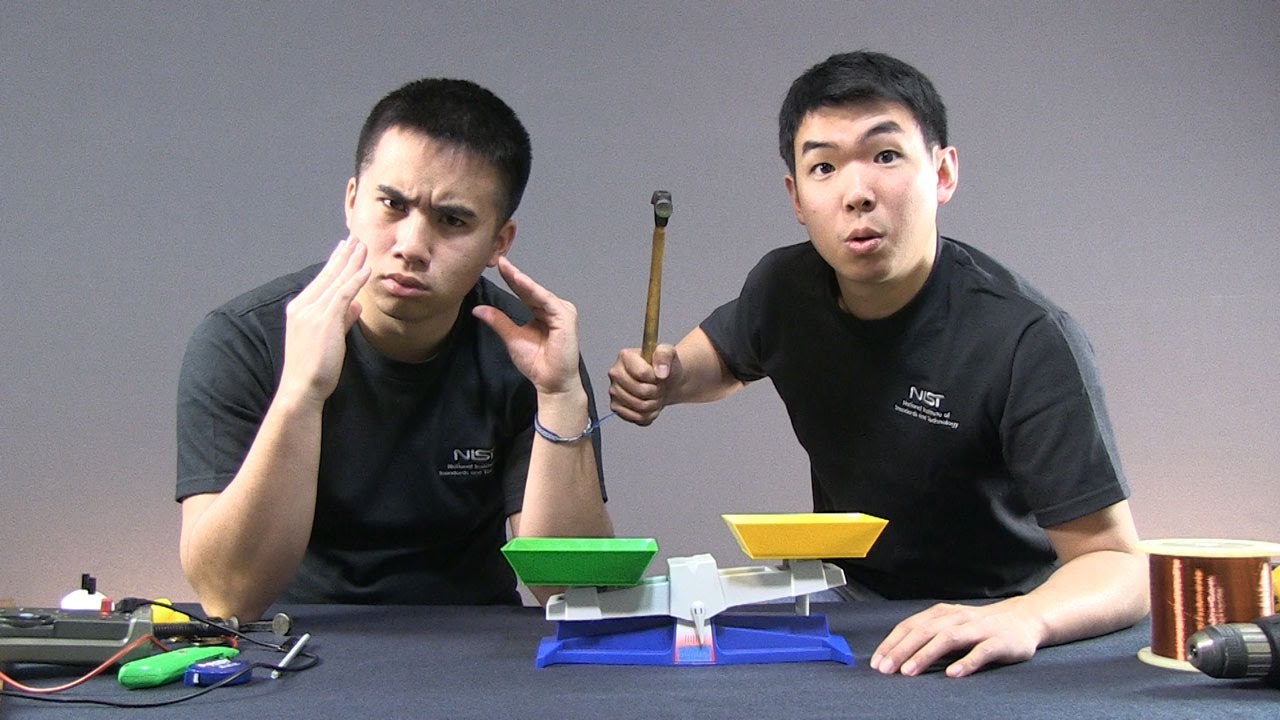The NIST Do-It-Yourself Kibble Balance (Made with LEGO® Bricks!)
The NIST "D.I.Y." Kibble Balance is a classroom science project that teaches the principles behind the effort to redefine the world's basic unit of mass, using LEGO® bricks and some basic electronics.
For more than a century, the kilogram — the fundamental mass unit in the International System of Units (SI) — was defined as exactly equal to the mass of a small polished cylinder, cast in 1879 of platinum and iridium, which was kept in a triple-locked vault on the outskirts of Paris. This "one kilogram to rule them all" was known as the International Prototype of the Kilogram, or IPK.
But there are inherent problems with using physical artifacts as definitions, since these objects appear to experience slight changes in their mass over time. The former system also required that nations conduct the time-consuming business of periodically sending their own official kilograms to France for comparison with the IPK.
For these and other reasons, the international community of measurement scientists developed a new, more stable definition of the kilogram, one that is based on a constant of nature.
A key piece of machinery used to make this redefinition possible is the Kibble balance, formerly known as the watt balance. Recently renamed in honor of physicist Bryan Kibble who invented it in 1975, the device indirectly compares mechanical power to an equivalent amount of electrical power. More specifically, it measures the downward pull of a gravitational force on a mass by counteracting it with an upward electromagnetic force.
Their design makes Kibble balances capable of ultra-precise mass measurements: for example, a machine at the National Institute of Standards and Technology (NIST) in Maryland, USA, is capable of measuring a mass to within about three millionths of a percent.
But why should measurement scientists have all the fun? Students, teachers and science enthusiasts worldwide can build their own working Kibble balances out of LEGO® bricks, using relatively simple electronics. These demo Kibble balances are capable of performing mass measurements with as little as 1% uncertainty, making them more accurate than some commercial jewelry, cooking, and postage scales.
Not sure if building a homemade Kibble balance is right for you? Watch the 2015 video above.
Ready to build your NIST Do-It-Yourself Kibble Balance? See this journal paper for instructions and a list of parts.
Happy weighing!


